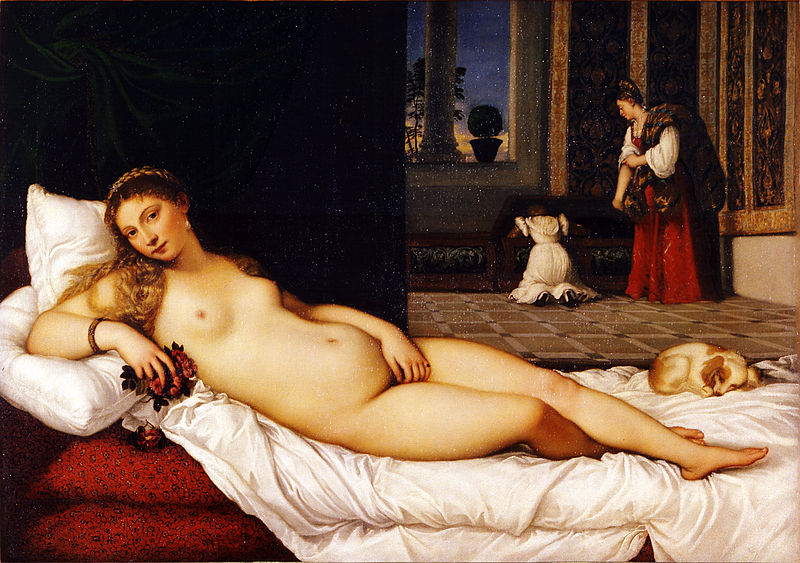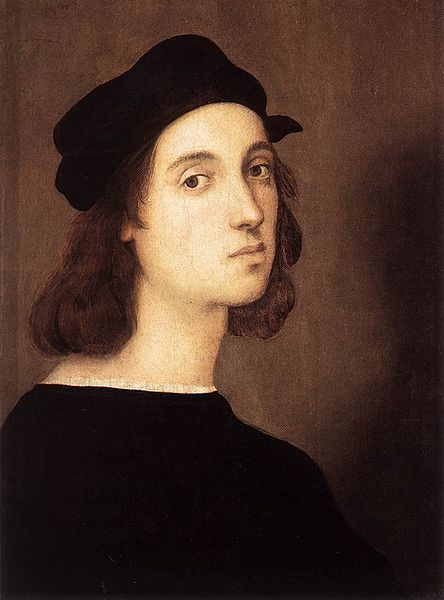Rona Goffen, "Intorduction, " Titian's Venus of Urbino intro pg. 1-22
Titian had a professional investment in painting the female
figure. He was one of the first artists to become famous throughout Europe and
have an international career. In 1488-90 titian moved to Venice to study under
the famous painter Giovanni Bellini.
Titian was later invited to paint frescos for the Confraternity. This took him
from 1510 to 1511. After, he returned to Venice where he stayed until he died
in 1576.
One of Titians commissions The Assunta for the altar of S.
Maria Gloriosa dei Frari, became the largest panel painting in the world. It
took him a total of two years to complete. After titian completed the painting
he was pursued by the Emperor Charles V and his son, Philip II. Titian
commissioned many religious painting for the two. Charles gave titian the
tittle “Knight of the Golden Spur, Count of the Lateran Palace and of the
Imperial Consistory.” Titian had been praised and compared to the most famous predecessor
Apelles. Many painters had been compared to Apelles in this time, but not by
the Roman Emperor himself.
By 1538, Duke Guidobaldo della Rovere had received Titians painting,
Venus of Urbino. At this time titian had been world famous. The Venus of Urbino
seems to have been created without any literary source. It has no explanation
in text. The women in most all of his work appear to be idealized. Titian
idealized the beauty in the women he painted and portrayed what he thought was
beauty in women. Venus of Urbino contains elements of asymmetry, juxtaposition
of closed and opened space, and contrast of large foreground forms. The
painting can be related to many contemporary works in style and form that Titian
had created. Titian used his brush strokes to create beautiful shapes that are
formed by the light and darkness.
Titians goddess (or courtesan) in his Venus painting beholds
us directly. Opening up her body and gazing out at you from the painting unlike
many other Venus paintings. Definitely meant for the male gaze and idealizes
the beauty of women. Titians use of color and light and painterly strokes
seduces the eye as you gaze at the painting. Was this painting made to show an
ancient goddess of a modern courtesan that is the perfect woman?
It is thought that prostitutes may have posed for some of
Titians works. It is also said that Titian enjoyed the company of the
courtesans he painted. His models may have been prostitutes for the reason that
the women may have subsidized their incomes in this way. The question of if
Titians models are goddesses or courtesans is not important. What is important
is how he represents the women and how the representation defines the role of
the beholder. Titian painted women in many interpretations from contemporary
philosophical and theological views, to the medical views on women.
Most men of this century had misogynistic views on women.
Titian may have been as misogynistic as all the other men in society, but his
painting still creates a sympathetic feeling. Making you look at the woman and
sympathize for her. His coloristic style may have explained his approach to
create the visualization of sympathy. Whatever the meaning of the paintings he
creates, Titians subject is himself.





